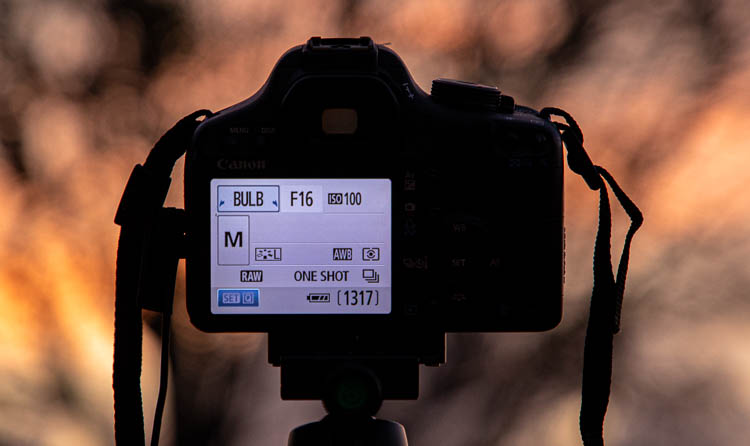
Have you ever wondered what someone is talking about when they are referring to “bulb” mode on your camera? The first time I heard someone say bulb mode, I assumed it had something to do with the flash. Makes sense, right? Well, of course I learned later that I was wrong.
What is Bulb Mode?
Bulb mode is a setting that refers to the shutter speed of your camera. When you are in bulb mode, an exposure begins when you press the shutter button of your camera, and continues as you hold the button down. The exposure ends when you lift your finger to release the button. The recorded shutter speed on the image will be the exact amount of time you held down the shutter.
How to Set Your Camera to Bulb Mode
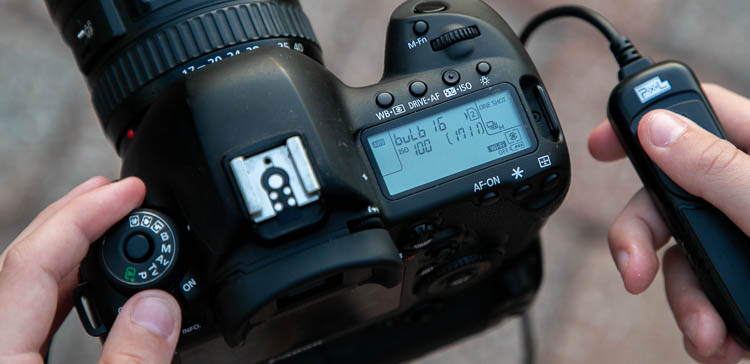
1. If there is a “B” on the mode dial of your camera, that is how you will put the camera into bulb mode. This will function just like Manual, except that the shutter speed will be determined on the fly each time you make an exposure.
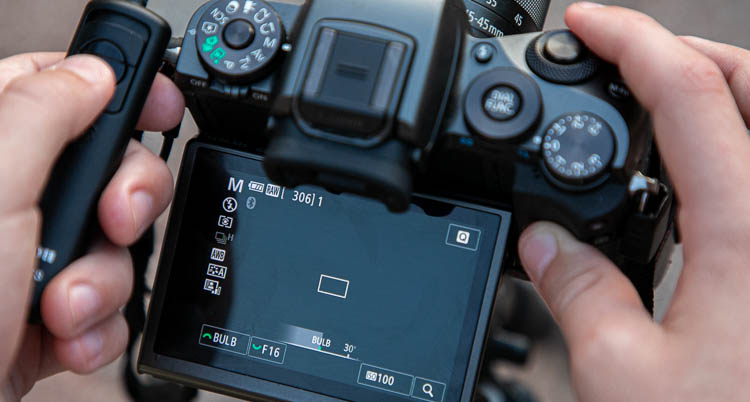
2. If there isn’t a “B” on your mode dial, set the mode dial to “M,” or Manual. Adjust your shutter speed to the minimum setting (normally 30 seconds), then attempt to go one click beyond the minimum. The shutter speed value should change to “BULB”.
Why Did They Call it Bulb Mode?
In the early days of cameras, bulb mode actually used a rubber bulb. Early cameras came equipped with a pneumatic shutter release cable with a bulb at the end. The photographer would squeeze the bulb to open the shutter. It would remain open until the bulb was released. Even though a bulb is no longer used, we still call it bulb mode today.
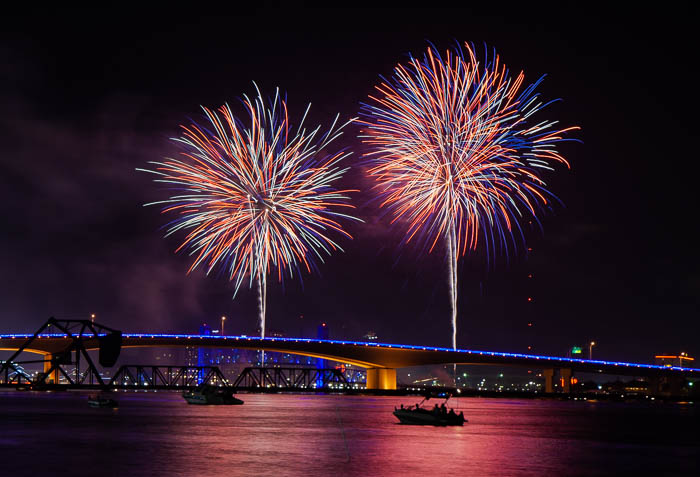
Reasons to Use Bulb Mode
The two reasons you might use bulb mode are:
1. If it’s uncertain how long you plan to leave the shutter open at the time you begin the exposure. Photograhing fireworks is a good example of this.
2. If you intend to make an exposure with a shutter speed of longer than the maximum your camera will allow. This is generally 30 seconds on most cameras.
Why Do Cameras Limit Their Shutter Speed Minimum to 30 Seconds?
To my knowledge, no camera manufacturer has ever openly discussed why they’ve limited the minimum shutter speed to 30 seconds. There is however plenty of speculation on the subject. Some feel the manufacturers placed the limit because 30 seconds just felt like a reasonable limit. Another theory has to do with the camera’s inability to interrupt an exposure once it begins. Let’s say, for instance, a camera’s shutter speed could go all the way to 3 minutes. You begin a 3-minute exposure but then realize you needed to change something. There is no way to end the exposure without forcing the camera off or pulling the battery. Both of which can be risky for your memory card’s data integrity.
I’m sure there are plenty of other reasons, but these are the best ones I’ve heard. Do you have a theory? If so, leave a comment below.
Allowing a longer minimum shutter speed can be a game-changer for some applications. The first thing that comes to mind for me is photographing star trails. Coincidentally, in researching this article I’ve discovered a few brands to do in fact allow shutter speeds longer than 30 seconds. All Canon cameras and most Nikon cameras are limited to 30 seconds. However, many Olympus and Panasonic interchangeable lens cameras have set their limits to 60 seconds. I even found a few that claim to go all the way to 900 seconds! They are Nikon’s D6 and D780, and the Fujifilm X-T30.
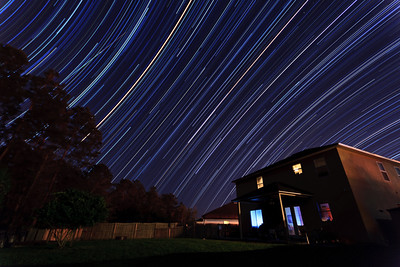
2 Helpful Accessories for Bulb Mode
By using bulb mode, you are likely planning on doing some long exposure photography. Anytime you are photographing with long exposures, there are two accessories that are extremely helpful.
1. A Tripod and Head
There are hundreds (or even thousands) of tripods to choose from. I recommend you find some good cheap legs and a good quality ball head. I have many tripods, but my most used one isn’t even close to my most expensive one. Here is what I own and recommend:
Tripod: Dolica AX620B100 62-Inch Proline Tripod. I’ve used this tripod for over 10 years. This is purchased as a combo of tripod legs and a ball head. I threw the ball head in the garbage can 10 years ago, and I recommend you do the same. The legs have been awesome though, and worth the $50 on their own. However, the ball head is extremely unreliable. It will not keep a camera steady no matter how tight you screw it.
Head: Oben BE-117 Ball Head. This is a small and light ball head that will hold your camera steady, even with a 70-200 f2.8 lens.
As far as longevity is concerned, I expect the Oben ball head to last forever. So one day if I ever need to replace the tripod legs, I know it’ll only cost another 50 bucks.
2. A Wired Shutter Release
You may have been thinking, “how can I keep my finger on the shutter button for such a long period of time without getting tired or accidentally moving the camera?” Thankfully, just like the old days, you can purchase a generally inexpensive shutter release cord. Nowadays this cord is powered by the camera and has an actual shutter button. It attaches to a specific shutter release port on your camera. Check your camera’s documentation to find your port. Once connected, you can make your photos by pressing the button on the cord. Plus, most wired shutter releases have a locking feature. This way you can start the exposure, lock the button down, and stand back until you’re ready to unlock it and end the exposure. If you’re thinking about using bulb, I highly recommend you pick one of these up for your camera.
Conclusion
So there you have it. Everything you’ve ever wanted to know about bulb mode. If you have further questions or comments, please leave a comment below, or contact me directly. Thanks for reading, and Happy Shooting!
James is a part-time photographer in Ponte Vedra, Florida, and creator of jamesvernacotola.com. He does freelance work for corporate clients and for Jacksonville.com, but his favorite gig is covering his kids’ sporting events as a parent with a camera.
